Photos of a Pioneer
Solomon D. Butcher’s prairie photographs embrace homesteading life in all its complexity.
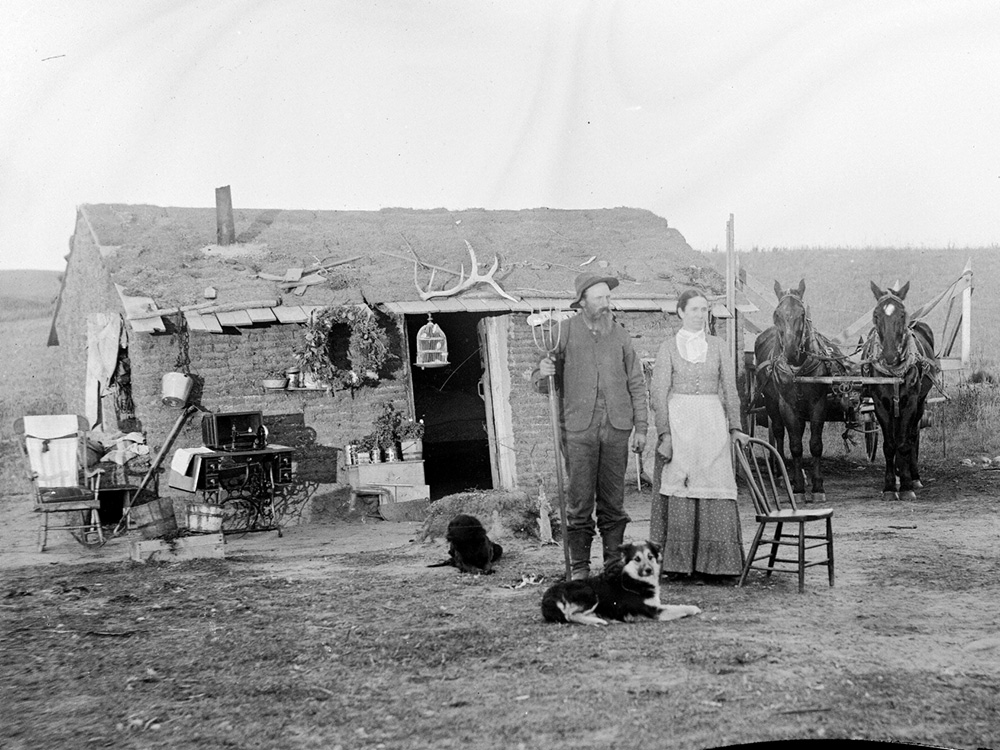
SOLOMON D. BUTCHER, NEBRASKA GOTHIC (DETAIL). ALL PHOTOS COURTESY OF THE NEBRASKA STATE HISTORICAL SOCIETY (DIGITAL ID: NBHIPS 10236).
My grandparents lived in a massive two-story home with creaking pinewood floors and lace curtains that hung like ghosts from the windows. It figured prominently in the nightmares of my childhood, and yet I loved that old house, every inch of it sprinkled with dust and wonder. Come summer, the pear tree out front littered the yard with fruit and the paint curling from the wraparound porch clung to our blackened, clammy feet. My brothers and I loved the basement, cool and damp and packed with my grandpa’s peculiarities—junk mostly, shoeboxes filled with rubber bands and fat rolls of stickers from bygone political campaigns. We loved the attic, too, wide and flat as a roller rink, it seemed, with corners so deep and dark I never dared explore them.
But it’s the second floor hallway that still crops up in my dreams. My distant relatives lingered on that floor, hanging from the burgundy walls in black and white. None of them smiled. They never slept. They stared at me. They sat upright in wooden chairs in front of their soddies, surrounded by the trappings of their frontier existence: their sheep, their horses, scythes, spades, guns, grinding wheels, framed photos of their dead loved ones. Their lives seemed tiny and brutally sincere, swallowed by the grass and sand of Custer County, Nebraska, a land so vast and so empty it appears often dimensionless in the photos. These faces had a way of sobering me as a kid, stopping me cold in a playful sprint around the house. Later, when my grandparents passed, my mother brought the photos home and displayed them in our living room.
I don’t remember any formal introduction to the pioneer photographer Solomon D. Butcher, but his work was ubiquitous in my childhood, always on the walls in one house or another. In fact, for the longest time, I didn’t consider the guiding hand behind these photos at all. They just were. Yet any sense I had for the history of my seemingly lackluster central Nebraska environs was filtered through Butcher’s eclectic, untrained lens. To this day, when I imagine sod homes, I’m imagining Butcher’s photos of them; when I imagine the pioneers of Custer County, I’m seeing them through Butcher’s eyes. “Unquestionably he was not a prairie Stieglitz,” wrote the Nebraska historian John E. Carter. And yet there’s something captivating about his work. Frank and bold, it tells a story in every frame.
*
Born January 24, 1856, Butcher landed in Custer County in 1880 via West Virginia and Illinois: a misfit from the very start. Both he and his father filed homestead claims, and almost immediately he regretted it. “I soon came to the conclusion,” he wrote, “that any man that would leave the luxuries of a boarding house, where they had hash every day, and a salary of $125 a month, to lay Nebraska sod for seventy-five cents a day … was a fool.” The Homestead Act required a five-year occupancy to “prove up.” Butcher lasted a paltry two weeks, his fickle disposition entirely incongruous with life on the frontier. And yet, after just a year at the Minnesota Medical College in Minneapolis, where he’d retreated, Nebraska sang to him again. “I had seen just enough of the wild west,” he wrote, “to unfit me for living contentedly in the East.”
He returned to Custer County in October 1882, this time with a bride. They lived with his father through the winter, and after teaching for a spell, Butcher bought photographic equipment and a home studio and opened the first photo gallery in Custer County. We don’t know what lured Butcher into the craft—and for Butcher, a craft it most certainly was. Art, so far as critics and historians can tell, did not factor into Butcher’s work. It’s likely, instead, Butcher mistakenly sniffed easy money in the trade. Years later, after the birth of his second child and the failure of his second gallery, Butcher embarked on the first and perhaps only profitable creative venture of his life: a photographic history of Custer County. After scheduling shoots with nearly seventy-five area farmers in a span of just two weeks—proving his demand—his father agreed to help finance the project, something far beyond his own means. If Butcher stood to profit from the history, it wouldn’t materialize until after publication, when the book finally (hopefully) sold. Between 1886 and 1901, Butcher took more than fifteen hundred photographs in Custer County alone, traveling primitive roads by horse and wagon, his house brimming with the glass-plate negatives.
Butcher’s aesthetic, if he may be said to have one at all, is distinguished by his framing: his photos embrace the full homestead, never the people alone. “What his pictures really deal with are states of existences,” Carter writes in Solomon D. Butcher: Photographing the American Dream. “The houses and personal possessions serve as more than mere studio props. They are narrative elements that make a conscious statement by both the photographer and his subjects about the life that the subjects were living.” Fixed before what pioneers jokingly called their Nebraska marble homes, their few possessions littered about the property—their pets, their tools, their most-cherished heirlooms—Butcher’s subjects emerge from that monotony of land and sky defiant, tempting fate in spite of the wind and the hail and the drought; in spite of the struggle that came before and would certainly come again.
He photographed John Curry and his wife standing side by side at their home near West Union, Nebraska, a scrappier American Gothic, Curry firmly gripping a pitchfork, a birdcage hanging from the doorsill, bleached antlers on the roof. He photographed Jerry Shores, a former slave, and his family and their skinny white dog, propped upright in a chair as if it were every bit as human as the rest. He photographed widows and widowers, Civil War veterans, preachers and cattlemen and a homesteader named Omer Kem, the first and only Nebraskan elected to the United States House of Representatives while living in a sod home. With little depth of field and his subjects’ belongings scattered about the foreground as if displayed for a yard sale, Butcher’s photos are naturally suited for those spot-the-difference games you find at bars and on the backs of cereal boxes; in recent years, in fact, archivists have begun using digital technology to reveal objects formerly hidden in the shadows.
He photographed my relatives, too, the ones in the hallway. In one of his most famous photos, and one of his first, he captured the four Chrisman sisters, my distant relatives, late teens or early twenties, perhaps, standing before the front door of their soddy, flanked on both sides by a saddled horse, their floor-length cotton dresses—each a different pattern—lost in the brittle prairie grass. They stand tall and altogether badass, reigning in the prairie one day at a time, each of them with three claims to their name. He photographed Harvey Andrews and his family, also distant relatives, standing beside the grave of his dead child, two small cedar saplings growing up behind the tombstone, his other young children bundled in thick wool coats, a newborn in the mother’s arms.
We know only the skeleton of Butcher’s life. He never kept a diary or wrote a memoir. Carter’s book is the definitive text on the itinerant photographer, and though his introduction to the photographs is just several pages long, it provides us enough to assume that Butcher was a strange fellow. Restless. Distracted. Frequently unsatisfied. Living paycheck to paycheck, so to speak. A man begrudgingly enamored with a landscape that hardly fit him.
These quirks sometimes revealed themselves in his work. When he couldn’t capture exactly what he wanted, he often etched the missing elements into the negatives. The results were comical, both then and especially now. To capture a man shooting ducks on Marsh Lake in Cherry County, he posed a man in his boat, surrounded by cattails, shotgun raised to his shoulder. He later scratched crude flames—or smoke, maybe, it’s hard to tell—shooting from the barrel, and a flock of ducks flying overhead. Butcher’s photo manipulation was both earnest and absurd, as if a toddler had found a marker and filled in the blanks. Sloppy, but charming, too. I like to picture him finishing the negative, holding it up to the light, proud of a job well done. It makes me like him more, not less. What a loon, this man. What fun. I see a little of my grandpa in this crude fix: can picture him landing at the same slapdash solution down in that musty old basement. I see a little of myself.
“There is a sense of humor and a lack of preciousness in Butcher’s photographs that I find refreshing, and yet these very qualities may exclude him from serious consideration by art historians,” Carter wrote. “I suppose that it is just as well, for Butcher himself would be uncomfortable in such company as that.”
Butcher died in 1927, never tasting fame or fortune. He spent the last years of his life peddling potions and quack inventions like the “electromagnetic oil detector.” Today, many of his photos appear in textbooks and films detailing the settlement of the Great Plains. His portrayal of pioneer life has hung on the walls of the Museum of Modern Art and aired on national television, most notably on Ken Burns’s 1996 PBS documentary The West. But while Butcher’s work has grown iconic nationally—as tied to pioneer life as Edward Curtis’s work is to Native Americans, or Dorothea Lange’s to migrant farm workers—to me, it’s become something more personal: a tether to my pioneer heritage. In these photos, I see a novel in every face and every homestead—gritty and complex, full of highs and lows, hope and sorrow, humor and stoicism, mistakes and triumphs. I see a story worth telling, over and over again, until their voices, too often lost, become etched into the negative.
Carson Vaughan is a freelance writer from Nebraska whose work has appeared in The New Yorker, the New York Times, Slate, Smithsonian, and Travel + Leisure.
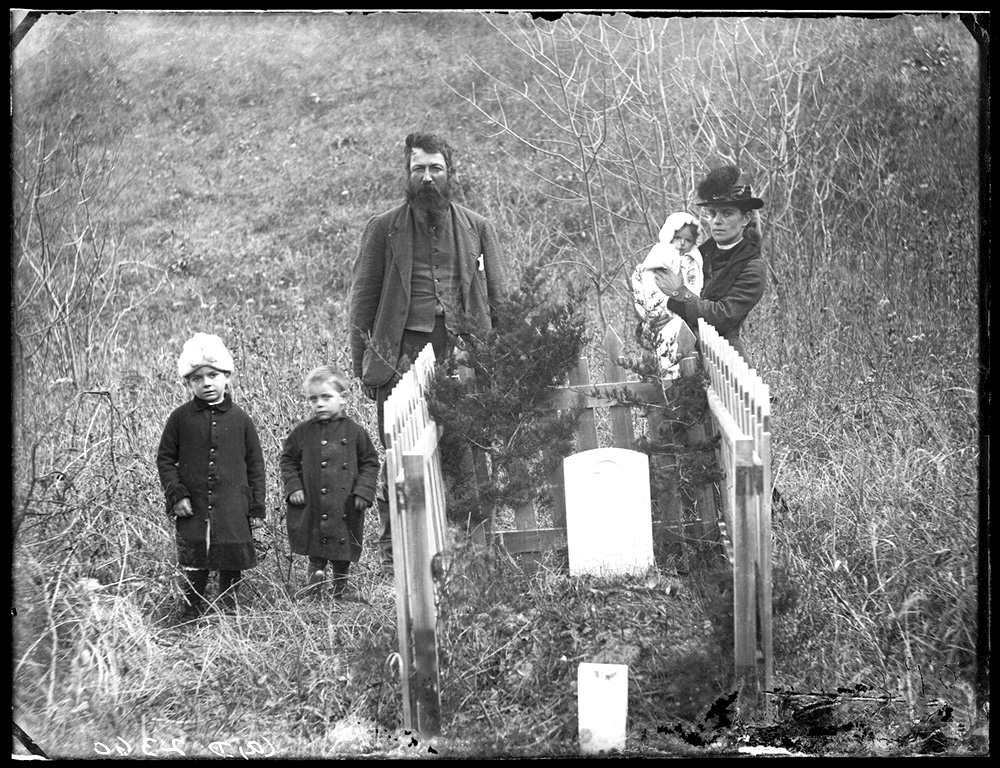
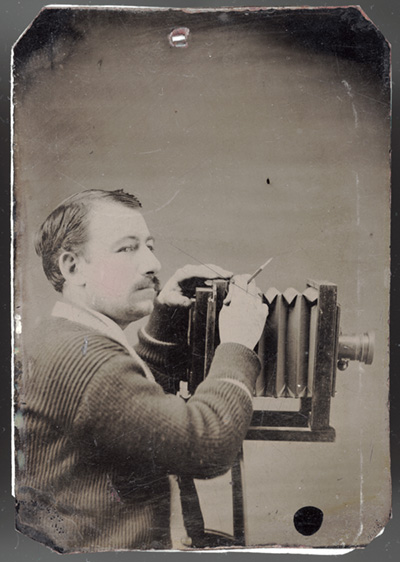
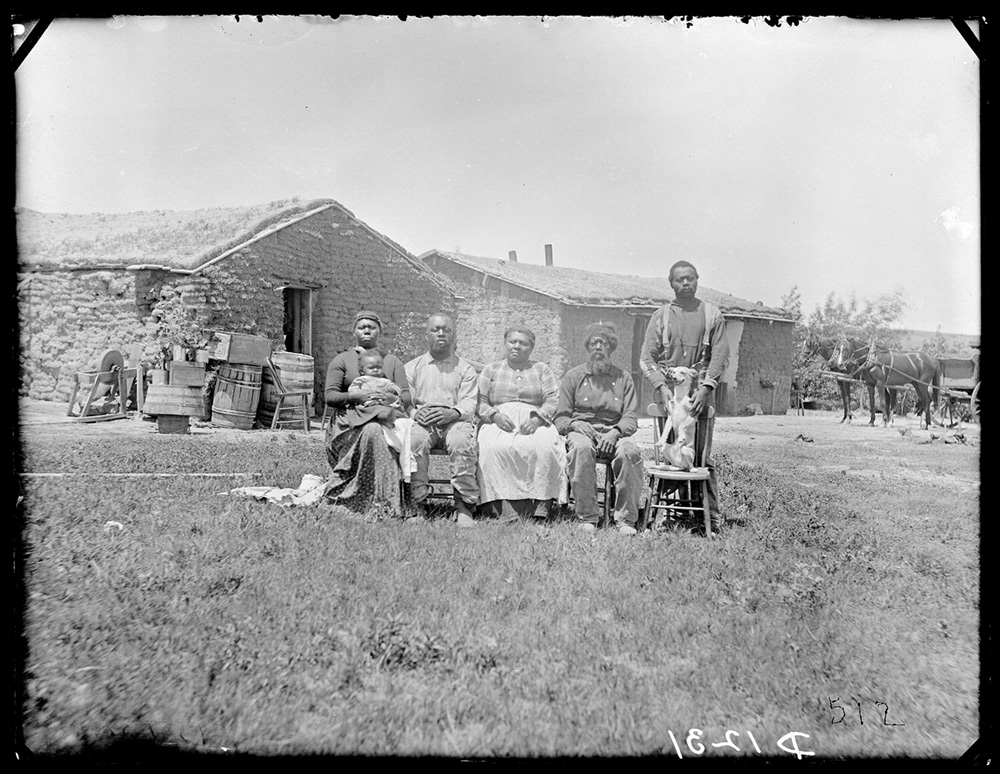
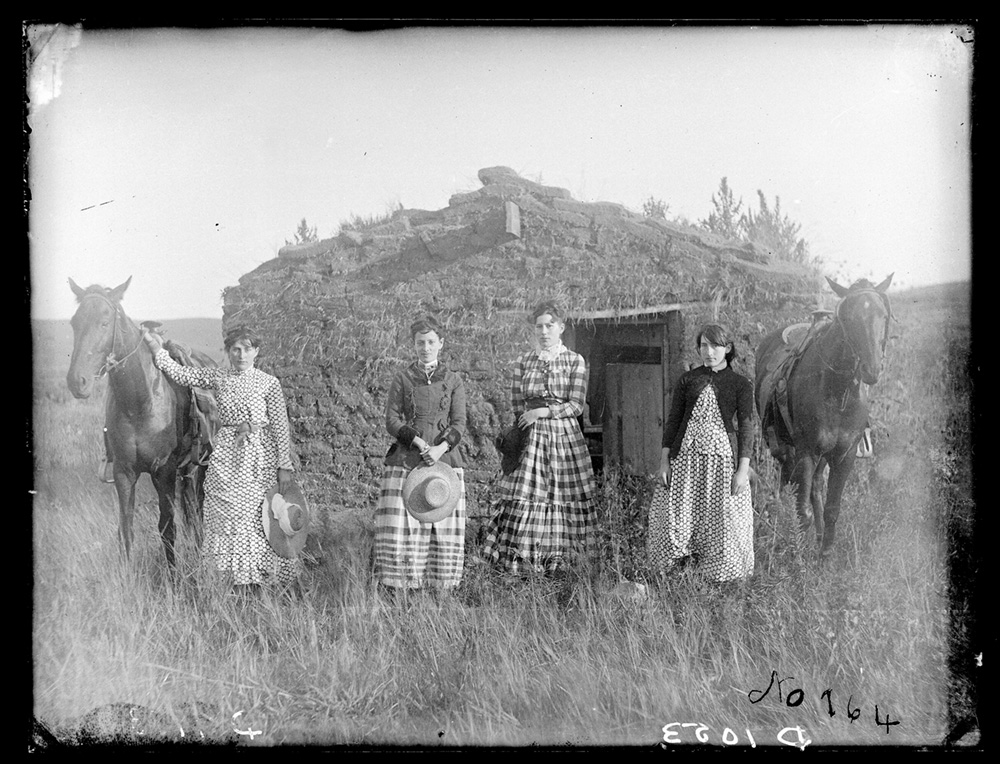
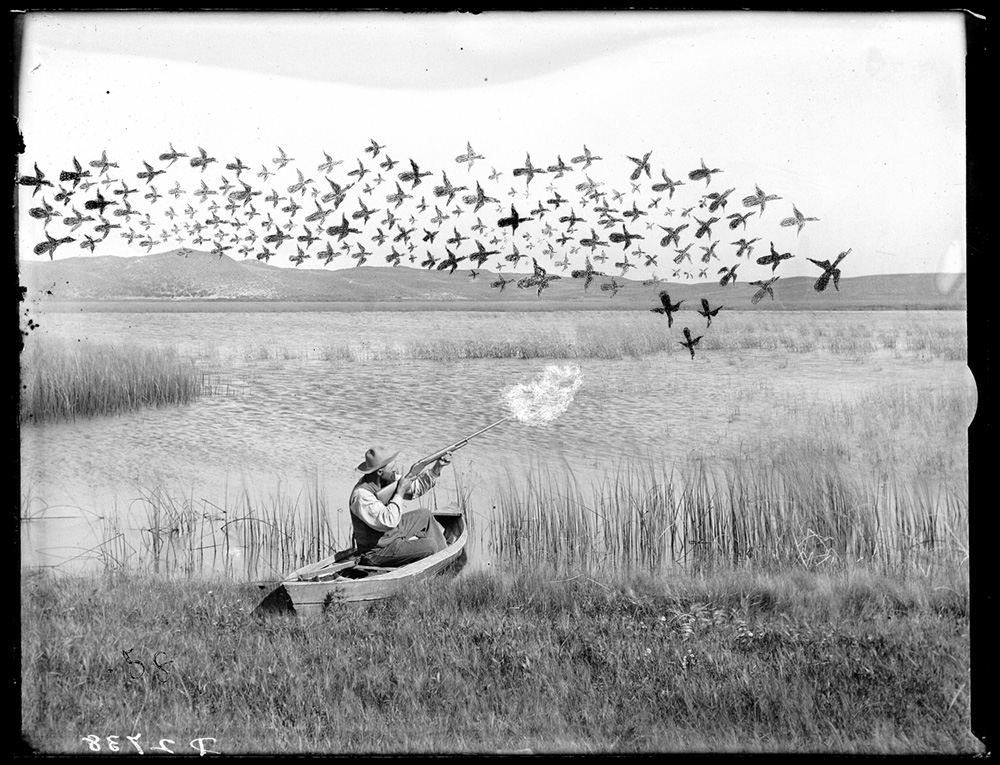


No comments:
Post a Comment